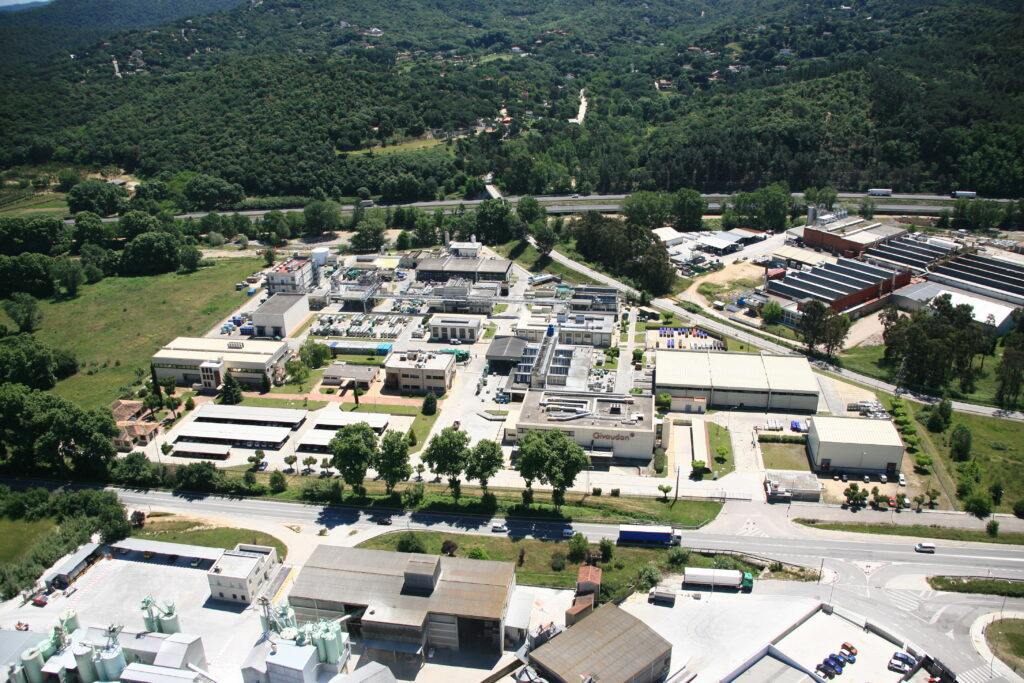Article by Givaudan
By maximising the use of renewable energy through its unique technology, HyCool aims to minimise greenhouses gas emissions. Givaudan, which itself has a target of reducing absolute Scope 1 and 2 GHG emissions by 30% between 2015 and 2030, is proud to host one of the project’s two pilot sites at its Sant Celoni plant. Givaudan spoke to Jorge Vilaseca, local Project Engineer, to get an update.
Why did Givaudan decide to participate in this project?
The idea was to test HyCool in at least two industries using significant amounts of cooling in their
processes and Givaudan offers a great profile to host one of the pilot sites as a representative of
the chemical industry. We couldn’t pass up the opportunity to participate in this innovative project.
HyCool is particularly attractive to Givaudan for two main reasons. First, our sustainability strategy
A Sense of Tomorrow includes ambitious environmental targets. This project will help us reduce
GHG emissions by a projected 3% for the site and decrease energy consumption in terms of
electricity and gas, helping us towards our goal of 100% renewable electricity by 2025. The
project is totally aligned with our sustainability strategy. Secondly, every Givaudan production
plant needs heating and cooling, and it would be relatively easy to replicate this technology.
HyCool should deliver refrigeration with 25% greater efficiency—this would provide Givaudan a
competitive advantage.
How far along are we in the project?
We have finished the conceptual phase: we have decided where and how to use the cooling
produced, where to install equipment and how to connect it. Now we are looking at detailed
engineering: how to best connect materials, figuring out the best design for the electrical
connections, etc. The one-year installation phase will then start this summer.
What requirements did Sant Celoni have to take into account when planning installation?
One issue was finding a place to install the solar collectors. They require more than 1, 000 m2 of
surface, preferably over a roof. Because of a lack of surface on our buildings, and for safety
reasons, mainly the presence of flammable products, this wasn’t possible, and we had to install
the solar field at ground level. This caused problems such as how to manage shadows of other
buildings that we had to solve.
We also have to comply with all EHS requirements including ensuring a good works plan for
execution. We expect a number of external contractors and companies on site during installation
and we will need to monitor all aspects of their work. We will need to ensure a pre-start safety
review, issue corresponding work permits and make sure we prevent injuries and accidents: we
want to ensure that “Everyone gets Home Safe Everyday”.
Givaudan, which itself has a target of reducing absolute Scope 1 and 2 GHG emissions by 30% between 2015 and 2030, is proud to host one of the project’s two pilot sites at its Sant Celoni plant.
How did consortium partners contribute?
During the initial phase, we worked closely with the equipment companies and engineering and
general contracting partners. This has been a real team effort.
What are the next steps for Givaudan as a pilot site?
The next steps are to finish the installation on time, on budget and safely and then to operate the
machinery and collect data on energy efficiency and ease of use. We have two years of hard work
ahead, but it will be stimulating. As to transferring the technology to other sites – why not? If it is
cost effective, we will be able to use it in countries with even more favourable weather conditions
such as Mexico, South Africa or Singapore.

